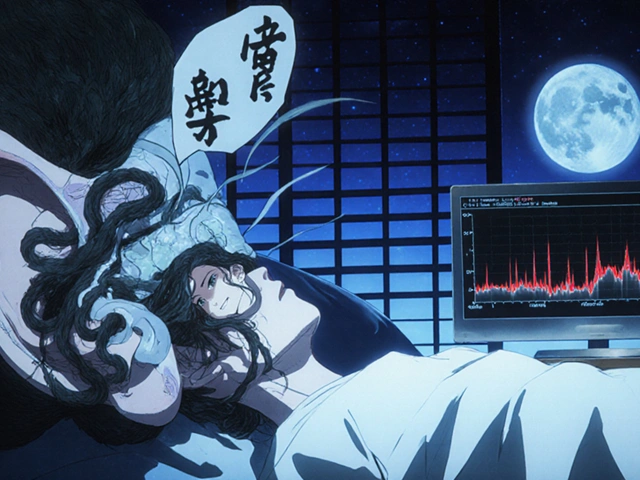Travel Sickness: What It Is and How to Beat It
When dealing with travel sickness, the uneasy feeling of nausea, dizziness, and vomiting that shows up while you're on a moving vehicle, also called motion sickness, a specific type of travel sickness caused by a mismatch between visual cues and inner‑ear balance signals, you know it can ruin a trip fast. The condition isn’t picky – it hits car commuters, airplane passengers, cruise ship guests, and even drivers on winding roads. Most people notice the symptoms after a short period of motion, but some can feel them right away, especially if they’re reading or staring at a screen. The brain’s vestibular system sends mixed messages, triggering the vomiting center and leading to that queasy, unsettled sensation.
Effective relief usually starts with antiemetic medication, drugs that block the brain’s nausea signals and calm the gut. Over‑the‑counter options like dimenhydrinate (Dramamine) or meclizine are popular because they’re easy to take and work for most people. For stronger cases, doctors may prescribe medications such as ondansetron or promethazine. antihistamine, a class of drugs that can also reduce motion‑induced nausea by stabilizing inner‑ear signals – examples include diphenhydramine (Benadryl) and cyproheptadine (Periactin). These antihistamines double as sleep aids, which is why many travelers take them before a long night flight. Another tried‑and‑true solution is the scopolamine patch, a small adhesive that releases medication through the skin to prevent nausea for up to 72 hours. It’s especially handy for cruises or road trips where you can’t keep taking pills. Natural remedies also have a place: ginger tea, peppermint candies, and acupressure wristbands can lessen symptoms for those who prefer non‑pharmaceutical options.
Practical Steps to Keep Travel Sickness at Bay
Beyond medication, simple habits can cut the risk dramatically. Choose a seat where motion is minimal – in a car, sit in the front; on a boat, stay near the center; on a plane, pick a wing seat. Keep your eyes on the horizon or a stable point; reading or looking at a phone amplifies the sensory conflict. Stay hydrated, but avoid heavy meals or alcohol before traveling. Light snacks like crackers or fruit can keep your stomach settled. For longer journeys, take breaks to stretch and get fresh air whenever possible. If you have a medical condition that makes travel tricky, such as multiple myeloma, follow the specialized advice from resources like our "Safe Travel Tips for Multiple Myeloma Patients" guide – it covers medication packing, fatigue management, and emergency planning, all of which help reduce stress‑related nausea.
In short, understanding why travel sickness happens, choosing the right travel sickness remedy, and planning your trip wisely can turn a queasy ride into a smooth adventure. Below you’ll find detailed articles on specific drugs, comparisons between popular anti‑nausea options, and practical travel advice to keep you comfortable wherever you go.

Coping with Travel Sickness on Public Transportation - Practical Tips & Remedies
Learn why travel sickness hits on buses, trains, and subways, and get practical tips, medication guides, and natural remedies to stay comfortable during public transport.




